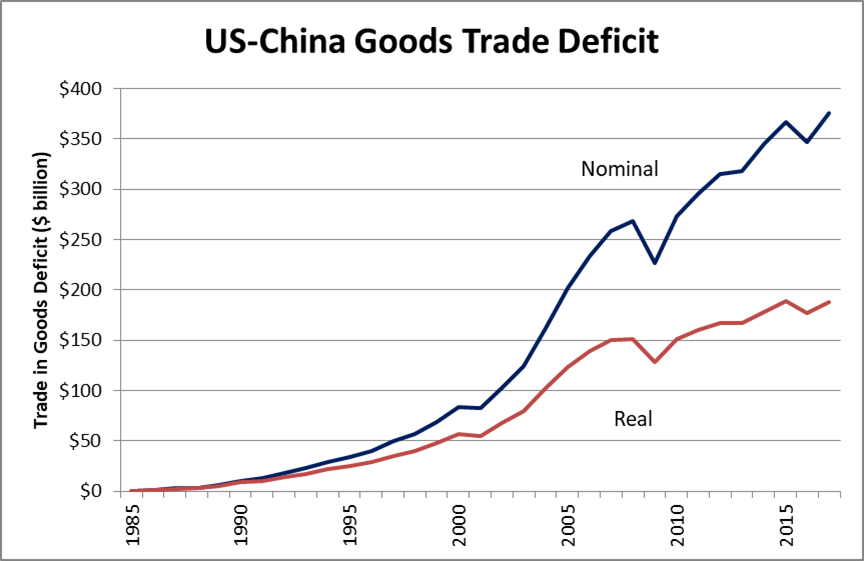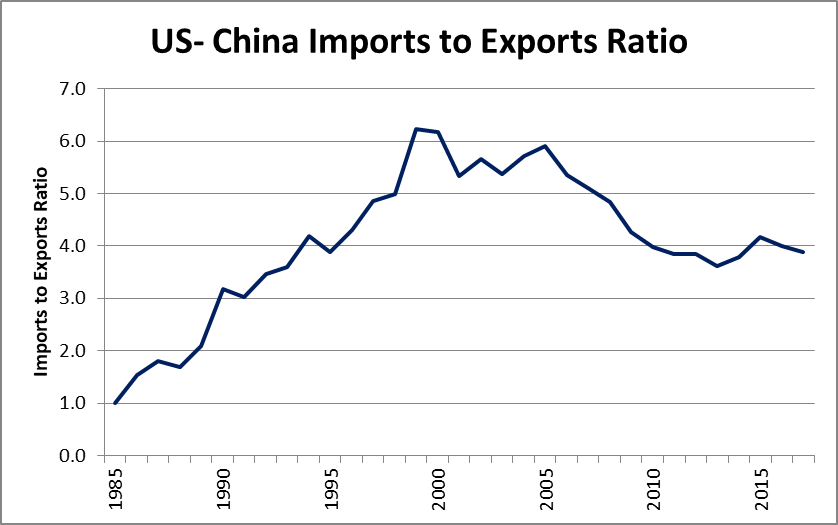Light truck detailing with an insider
In our mid-November report, we noted that auto-industry expert Kim Hill pointed out at a recent conference that automobiles’ share of total sales had dropped five percentage points over the year, and that the average price had risen 3% over that same period, because of light trucks. You can see that on the graph below, and also the, we’d say, shocking fact that light trucks were about 15% of total sales in 1970 and are close to 70% today. We’d like to give Kim a hat-tip for pointing out that within this trend auto jobs in nine states were at risk, with four plants in Michigan, six between the Great Lakes and the Gulf Coast in danger, and plants in California and Kansas possibly targeted.
As we heard from a small percentage of those plants, we picked up the phone, and Kim immediately cut to the chase, highlighting two trends. First, “One of the ugly parts of this industry transformation is that you have a bunch of older workers who just don’t have the skills they need for the future.” Them’s harsh terms about “cutting out dead wood,” so they can hire the tech-savvy younger workers, and we all agree that that is a public policy issue.
Kim says that General Motors has been looking at the plant in Ontario for a long time, and they are going to take some PR lumps for that because Canada and Ontario governments helped out GM during bankruptcy.

Here in the U.S. they are contractually obliged with unions to give long leads when they are closing plants, so don’t pencil these layoffs into your forecasts yet. Kim thought there would be more shuffling of workers, and was surprised to hear about the outright closings, although he knew the risk was there. He also suspects that the two plants being scrutinized, one in Ohio and one in Michigan, will be whipsawed against each other, and the states will get involved in a kind of bribing process with lots of money on the table. As sales of sedans “fall off the table,” these shifts to truck-style products will continue.
Auto manufacturing multipliers are always a subject for debate, if you go in for that kind of thing, and you could drive a SUV through the range here. The Bureau of Economic Analysis puts a 2.87 on the auto industry, meaning $1.87 in spending for every direct dollar, but Kim says there are big differences if you look at regions or the entire nation. Regionally he and his colleagues can tell “the minute they get off the freeway” if a plant is thriving or wilting. “In Fort Wayne there make a ton of pickup trucks and small businesses are thriving, but for the last 10 years in Lordstown there are more and more empty parking lots.”
The auto-industry’s rule of thumb is that you’re safe if you take a multiplier of 7, that means 6 jobs for every direct job, for the industry overall. On the state level, that may fall to 4 or 5 because you are not picking up work generated outside the limited region, and if you look at the national level you can get up to a 10 multiplier for assembly plants because then you are picking up all the small suppliers and service firms throughout the country.
Plants at risk include those in Lansing, Michigan, assembling Camaros and Cadillacs; in Lake, Orion assembling Sonic and Bolt; in Georgetown, Kentucky assembling all sedans; in Fairfax, Kansas, making Malibus; in Chattanooga assembling small utility vehicles—as well as the Alabama Hyundai plant, and the Mississippi Blue Springs/Tupelo Corolla plant. More to come and not as sweet as Tupelo honey.
Many have reported that tariffs are a driving force in these plant closings, but Kim isn’t so sure. He didn’t refute our suggestion that tariffs may have been a deciding factor in the decision to shift employees between plants and outright closings, but he said there is too much in flux: many assembly plants might be able to absorb a 10% tariff but would choke on a 25% tariff, and it’s impossible to expect anyone to make a “massive industrial decision” without that information. It’s also very hard for decision makers to deal with “whimsical buyers driven by fuel prices.” Customers can turn on a dime, but manufacturers can’t. We’ll be featuring intermittent interviews with Kim Hill, so expect one in a few months when the effects of tariffs become clearer.









